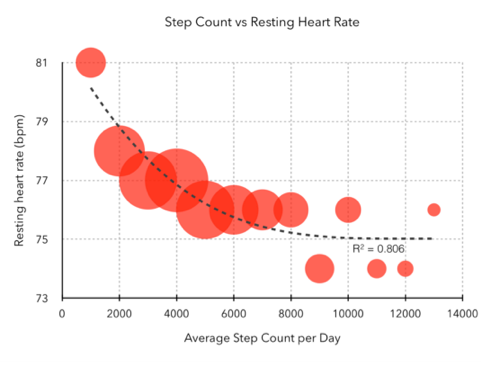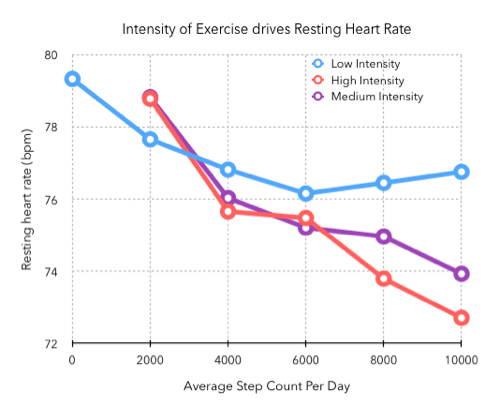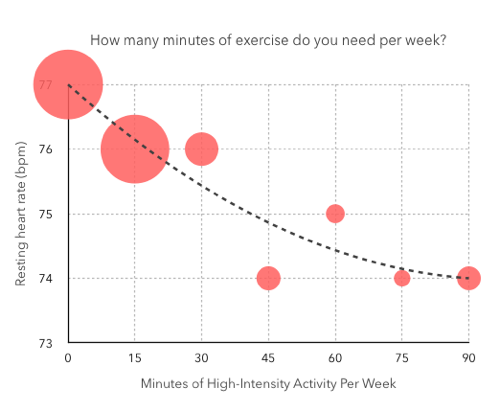The myth of the eight-hour sleep →
For the past several months, I've had trouble sleeping the entire way through the night. I fall asleep easily and sleep well until sometime between 2–4am. Then I wake up and can't fall back to sleep until about 90 minutes later. I've been thinking there's something wrong with me. There's not. I'm just reverting to medieval sleep patterns.
In 2001, historian Roger Ekirch of Virginia Tech published a seminal paper, drawn from 16 years of research, revealing a wealth of historical evidence that humans used to sleep in two distinct chunks.
His book At Day's Close: Night in Times Past, published four years later, unearths more than 500 references to a segmented sleeping pattern - in diaries, court records, medical books and literature, from Homer's Odyssey to an anthropological account of modern tribes in Nigeria.
Much like the experience of Wehr's subjects, these references describe a first sleep which began about two hours after dusk, followed by waking period of one or two hours and then a second sleep.
"It's not just the number of references - it is the way they refer to it, as if it was common knowledge," Ekirch says.
During this waking period people were quite active. They often got up, went to the toilet or smoked tobacco and some even visited neighbours. Most people stayed in bed, read, wrote and often prayed. Countless prayer manuals from the late 15th Century offered special prayers for the hours in between sleeps.
And these hours weren't entirely solitary - people often chatted to bed-fellows or had sex.
A doctor's manual from 16th Century France even advised couples that the best time to conceive was not at the end of a long day's labour but "after the first sleep", when "they have more enjoyment" and "do it better".
And this isn't just a difference between older humans and more modern humans.
In the early 1990s, psychiatrist Thomas Wehr conducted an experiment in which a group of people were plunged into darkness for 14 hours every day for a month.
It took some time for their sleep to regulate but by the fourth week the subjects had settled into a very distinct sleeping pattern. They slept first for four hours, then woke for one or two hours before falling into a second four-hour sleep.
My problem — waking up and being unable to fall back to sleep right away — even has a name: sleep maintenance insomnia.
Today, most people seem to have adapted quite well to the eight-hour sleep, but Ekirch believes many sleeping problems may have roots in the human body's natural preference for segmented sleep as well as the ubiquity of artificial light.
This could be the root of a condition called sleep maintenance insomnia, where people wake during the night and have trouble getting back to sleep, he suggests.
The condition first appears in literature at the end of the 19th Century, at the same time as accounts of segmented sleep disappear.
"For most of evolution we slept a certain way," says sleep psychologist Gregg Jacobs. "Waking up during the night is part of normal human physiology."
Maybe I should try sleeping from 8pm–midnight, reading or working on a project from midnight–2am and then sleeping again from 2–6am. It might just be good scientific practice.
This entry was tagged. Healthy Living History


